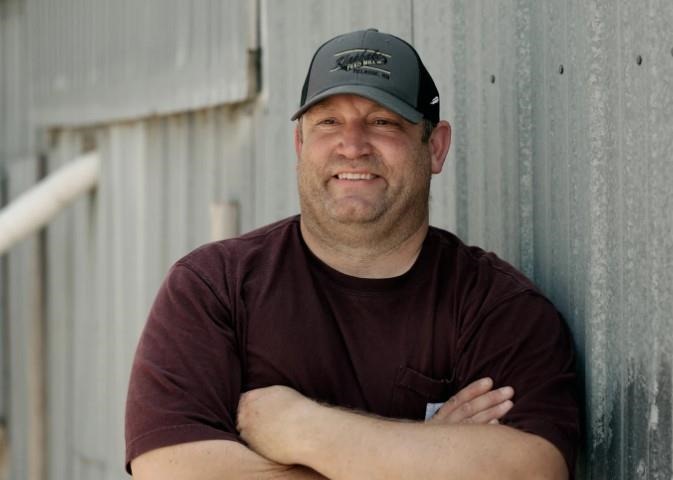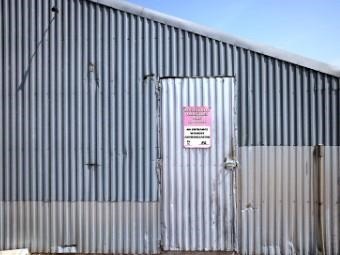By Katie Peikes
Third generation turkey grower Pete Klaphake stands among 90-day old turkeys that are just a couple of weeks from market. "There's a lot of unanswered questions when it comes to the effectiveness and then the process of how to do (vaccines)," Klaphake said. "But if there was one available, would we use it? Absolutely."
Highly pathogenic avian influenza, commonly known as bird flu, has hit the U.S. hard over the last year and a half — leaving 60 million chickens and turkeys dead across 47 states. The USDA is working on a vaccine, but that could create new issues.
Bird flu struck two of Pete Klaphake’s turkey farms last year, one right after the other. He lost more than 100,000 turkeys, a staggering number that hit Klaphake, his family and their employees hard.
“There were tears. There was frustration,” he said. “There was kind of, ‘What did I do? How could I let this happen? I failed.’ That type of thing.”
On Klaphake’s farm near Sauk Centre in central Minnesota, a sign on the barn door warns that “biosecurity measures are in force.” Those measures include changing boots every time Klaphake and his employees go into a different barn.
“You do what you can to make sure that it doesn't happen, but there are some things that are also out of your control,” he said.

Pete Klaphake raises 1.7 million turkeys per year on several farms across central Minnesota. His operation lost more than 100,000 turkeys to bird flu last year.
While the U.S. Department of Agriculture says bird flu cases have slowed across the nation, officials are working to develop a vaccine to protect commercial poultry. Researchers are testing eight potential vaccines for commercial poultry at the Southeast Poultry Research Laboratory in Georgia.
“We need to have it in our toolbox, right? In case things get worse,” said Alecia Naugle, the associate deputy administrator for veterinary services with USDA Animal and Plant Health Inspection Service.
Some of the vaccines the USDA is testing were developed but never used back in 2015 during the last major bird flu outbreak, Naugle said, which affected more than 50 million commercial chickens and turkeys.
The U.S. has vaccines for bird flu. Why aren’t they used?
During the 2014-2015 bird flu outbreak, USDA researchers conducted trials to find a vaccine that would work for the strain of bird flu circulating the U.S.
Officials identified an effective vaccine and a company worked with them to get licensure for it. But before the USDA Animal and Plant Health Inspection Service (APHIS) could approve it for commercial use, the bird flu outbreak dissipated.

Paul Middlestaedt
A sign on one of Pete Klaphake's turkey barns reads "Biosecurity measures are in force. No entrance without authorization." Poultry producers have adopted numerous practices, such as cleaning their boots and having a specific pair of boots they wear into each of their barns, in order to keep bird flu off of their farms.
Recently, the USDA APHIS approved an emergency use for a 2015 bird flu vaccine to be used in critically endangered California condors after more than a dozen died and were confirmed to have bird flu.
But the agency hasn’t given approval for a bird flu vaccine to be used for commercial poultry.
”Some of the vaccines that are available now, we don't know how well they're going to protect against the current strain,” Naugle said.
For now, the agency continues to tout biosecurity as the best practice to reduce the spread of bird flu.
“The important thing is to increase biosecurity measures and see if this is the way that we can continue to control its spread without going down the vaccination path,” Naugle said. “But we do have to be prepared.”
Click here to see more...